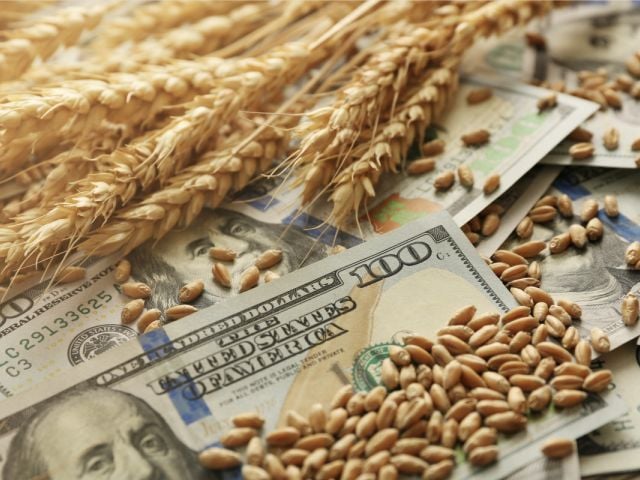WASHINGTON – Federal farm policy has long favored the wealthiest landowners with taxpayer-funded largesse. But under the Trump administration, even more money went to the largest and wealthiest farms, further shortchanging smaller, struggling family farms, according to a new Environmental Working Group report.
EWG’s analysis of Department of Agriculture data found that more than $20 billion in subsidies flowed to farmers last year, largely thanks to new, ostensibly temporary programs – a fourfold increase from the $4 billion spent through farm subsidy programs in 2017.
“The staggering amount of taxpayer dollars flowing to farmers last year did nothing for small farmers, who don’t have much of a safety net,” said Anne Schechinger, EWG senior economic analyst. “Over time, federal agricultural subsidies have been a major contributor to the concentration of wealth in the hands of a few in rural America. President Trump doubled down on these policies, somehow finding more money to throw at wealthy farmers and landowners.”
In 2016, about 17 percent of total subsidies went to the top 1 percent of farms and about 60 percent to the top tenth. In 2019, almost 25 percent of total subsidies went to the top 1 percent of farms and almost 66 percent to the top tenth.
Farm subsidy programs are designed so that farms with the largest acres or crop production get the highest payments. But that means that small farms – with no cushion to stay afloat when crop prices are low, or during the pandemic-triggered economic crisis – get only a small portion of payments.
In 2018, Trump created the Market Facilitation Program, or MFP, to compensate farmers for losses they sustained due to his failed trade war with China, and extended it in 2019. In some cases, farmers were actually paid more than what they lost due to the trade war. With no congressional oversight, the USDA used the program to distribute $23.1 billion through the obscure Commodity Credit Corporation.
Last year, at Trump’s urging, Congress created the Coronavirus Food Assistance Program, or CFAP, to help farmers suffering from the administration’s woefully inadequate response to the Covid-19 crisis. Before the Biden administration froze payments last month, the program had distributed over $23.7 billion.
The most recent incarnations of traditional farm subsidies were established in the 2014 Farm Bill. The Agricultural Risk Coverage Program, or ARC, and the Price Loss Coverage Program, or PLC, send payouts to farmers when crop yields or prices are lower than expected. Between 2014 and 2019, these programs distributed $32.04 billion to farmers.
Altogether, since 2014, ad hoc and traditional subsidy programs cost U.S. taxpayers more than $81.1 billion. Yet this is only a fraction of the total payments American farmers receive every year. Federal crop insurance – a Depression-era ad hoc program written into law in 1980 – adds billions each year, even though it tends to pay farmers for the same reductions in crop prices as ARC and PLC.
Conservation programs also make payments to farmers every year, but conservation payments account for a small portion of federal farm subsidies.
EWG recommends reforms like stricter payment and income limits on the traditional farm subsidy programs that would help the programs better target small farms. Such changes would help USDA address its racist legacy by benefitting Black, Latino and Asian American farmers, who often own smaller farms than white farmers do.
The report also suggests increasing funding for conservation programs, which generate public health and environmental benefits through improved water quality and soil health. These programs also encourage the adoption of conservation practices that may reduce greenhouse gas emissions.
Finally, EWG advocates for the end of MFP and CFAP.
“Agriculture subsidies created as temporary Band-Aids tend to become permanent, expensive crutches,” Schechinger said.
Yet, even as President Biden undoes many of Trump’s worst misdeeds, agriculture secretary Tom Vilsack is pushing for the creation of a carbon bank using Commodity Credit Corporation funds.
“Under the guise of combatting the climate crisis, a USDA carbon bank would extend the Trump administration’s ad hoc farm subsidies,” Schechinger said. “Many conservation programs that pay farmers to adopt practices that benefit the climate already exist. Those programs should be reformed and given more funding instead.”
###
The Environmental Working Group is a nonprofit, non-partisan organization that empowers people to live healthier lives in a healthier environment. Through research, advocacy and unique education tools, EWG drives consumer choice and civic action. Visit www.ewg.org for more information


